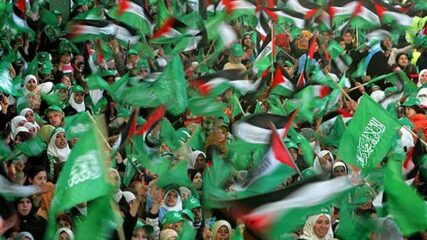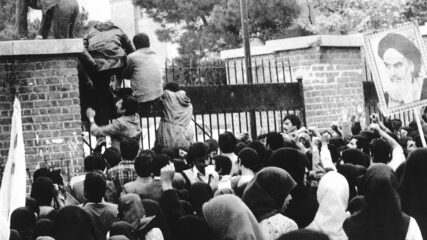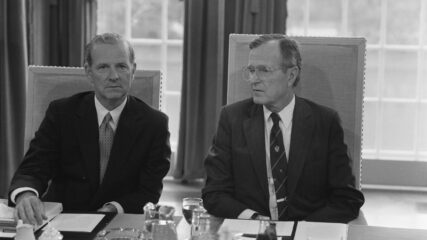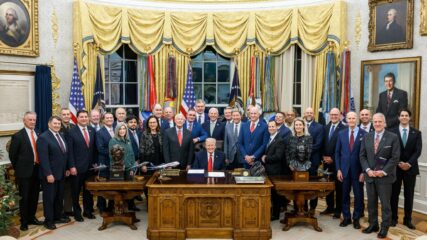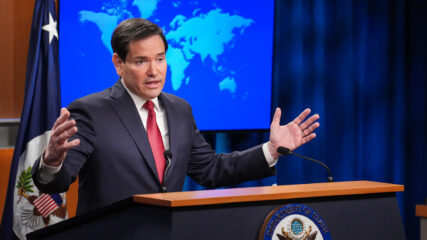May 8, 1936
Exiled Ethiopian Emperor Haile Selassie arrives in Haifa and is greeted by a British military salute and several dignitaries, including the mayor of Haifa, the general manager of Palestine Railways and the British district officer. After disembarking with his 46-person entourage, the emperor boards a train to Jerusalem. The train route is lined with thousands of onlookers.
Selassie’s arrival comes one month after the outbreak of hostilities between Jews and Arabs in April 1936 and in the midst of a six-month Arab strike. The Arab Strike Committee grants a special exemption for Arab drivers to transport the emperor and his entourage from the railway station to the King David Hotel.
Italian forces invaded Ethiopia on Oct. 3, 1935, after a border incident in an Italian colony in Somalia. After the invasion, the League of Nations sought sanctions against Italy. The United States, while not a League member, made known its intentions not to provide economic or military support to either side. The sanctions failed to deter the Italians, but further sanctions, including closing the Suez Canal to prevent the passage of war materials, were deemed too costly to global commerce and other European interests. The invasion reinforced the ineffectiveness of the League of Nations, of which Ethiopia is a member, in maintaining peace and protecting member states.
With Italian forces rapidly approaching the Ethiopian capital, Addis Ababa, Selassie, in power since 1930, fled to the French colony in Djibouti on May 2. Selassie spent two days in Djibouti, then departed for Palestine aboard a British warship May 4 under an agreement between the British and French. The agreement restricts Selassie from any actions that would prolong the conflict in Ethiopia, and with him in exile, Italy easily captures Addis Ababa on May 9.
While in Jerusalem, Selassie spends time with a community of Abyssinian (Ethiopian) monks, praying with them at the Church of the Holy Sepulcher. He also contemplates his next steps in trying to restore his kingdom. In a statement delivered to Reuters on May 13 in Jerusalem, Selassie says, “We have been deeply touched by the cordial hospitality shown to us by the British authorities and population in Palestine and for the great interest in the welfare of our unfortunate country shown by the millions of friends around the world, particularly Great Britain. … We are determined to pursue the defense of our just cause and to work peacefully for the liberation of our well-beloved country from foreign military dominations. Our eyes have always been toward the League, in which our faith still persists in spite of what has happened.”
After two weeks in Palestine, Selassie departs first for England, then Geneva, where he addresses the League of Nations on June 30, 1936. He closes his remarks by asking, “What are they (League members) willing to do for Ethiopia? And the great powers who have promised the guarantee of collective security to small states on whom weighs the threat that they may one day suffer the fate of Ethiopia, I ask what measures do you intend to take? Representatives of the world, I have come to Geneva to discharge in your midst the most painful of the duties of the head of a state. What reply shall I have to take back to my people?”
Despite his plea, the League eventually capitulates to Italy and its Fascist dictator, Benito Mussolini, lifting all the sanctions in July 1936. Italy’s occupation of Ethiopia ends during World War II amid Allied advances in 1941. Selassie returns to Addis Ababa and resumes the throne.
Although abstaining in the November 1947 United Nations vote on partition, Ethiopia becomes the second African country to recognize Israel when it does so in 1956. In addition to having shared strategic interests, including the prevention of the spread of Arab and Muslim nationalism, the emperor has positive memories of his time in Jerusalem. Relations are severed after the October 1973 Yom Kippur War, and a military coup overthrows Selassie in 1974.


